Many people enjoy their favorite drink every day. Some do it in the morning, and some enjoy drinking coffee during the day. If you’ve ever wondered what actually happens before you can even consume coffee, we’ll talk more about that today. It actually starts with planting, then grain harvesting, processing, grinding, and distribution. It is true that the coffee you may be enjoying at this very moment was once a field plant where many workers worked.
1. But did you know that this process is very long and durable?
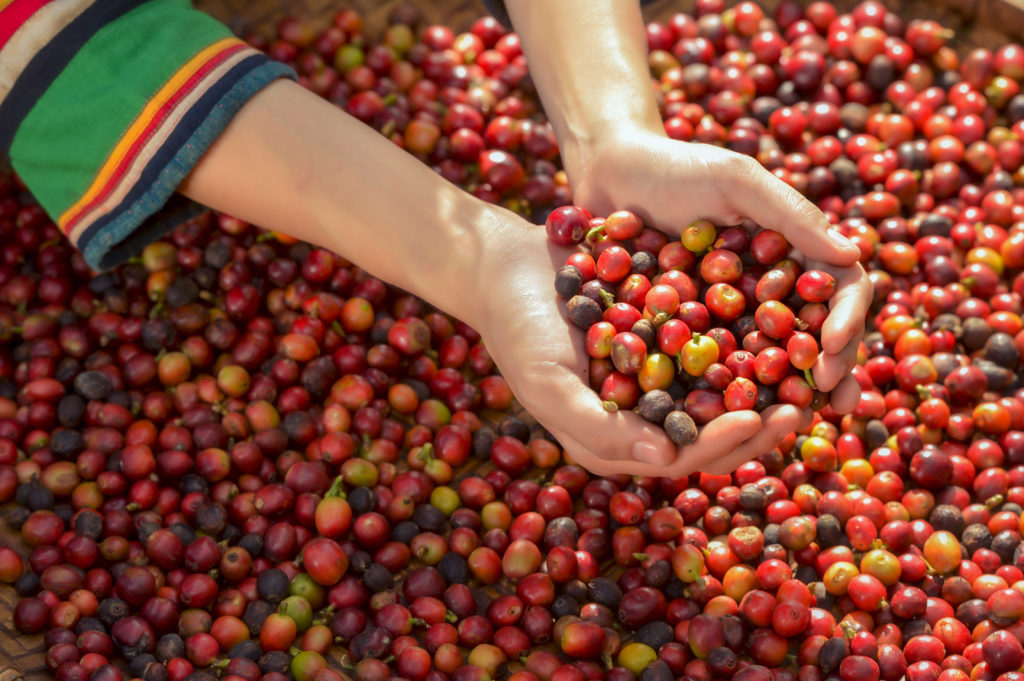
Source: pinterest.com
After the plant is planted, it takes at least four years for it to bear fruit for the first time. First, the fruits turn green and then turn red. This is a sign that the plant is ripe and that it is time to harvest.
It takes a few months until the berries are ready to be delivered around the world, and available to buy on services like melmas.at.
2. The harvesting process
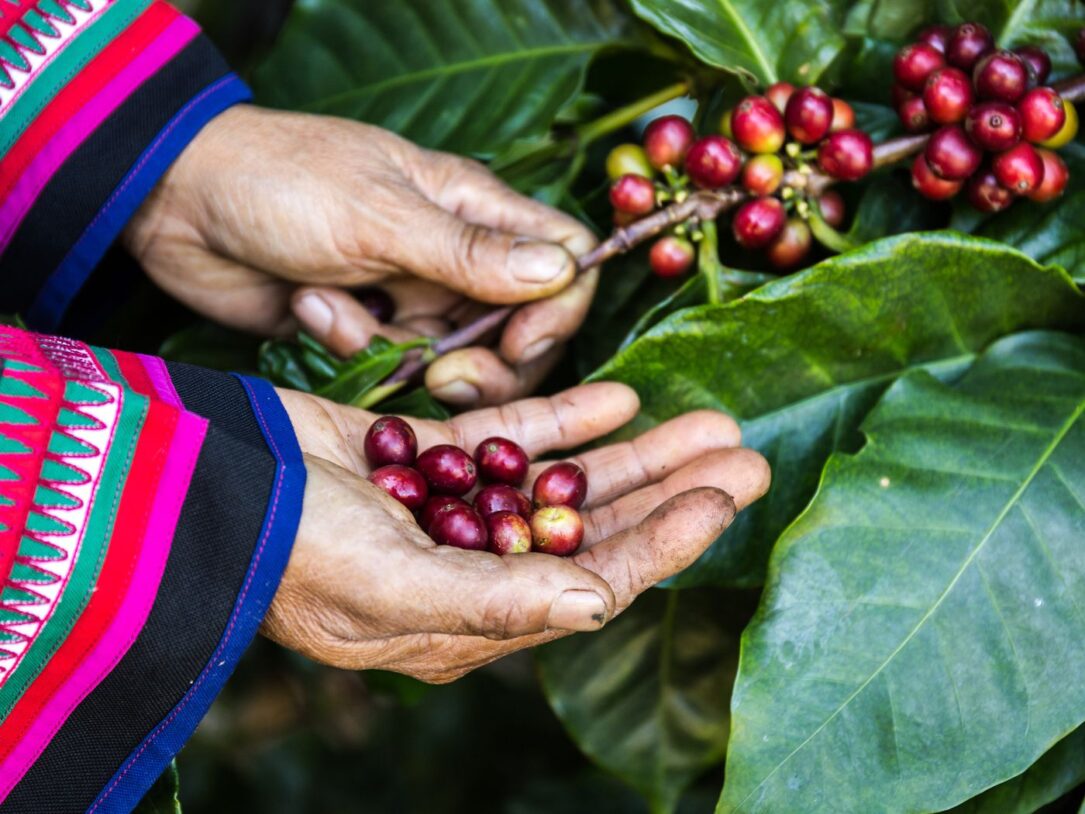
Source: pinterest.com
When these berries are red, they are picked, peeled, and the two layers of the husk removed to reach the grain, known as the endocarp. There are usually two grains, which are joined in the smooth part. Of course, this can vary from one location to another. It is harvested once a year because it takes several months for the berries to turn red.
It is harvested by hand and the rice grains are selected, which are ready for processing. This means that time is left for the other grains to mature enough. Therefore, coffee brewing is also a long process. There are attempts at modernization, but traditional coffee growers prefer handmade.
3. There is also strip picking
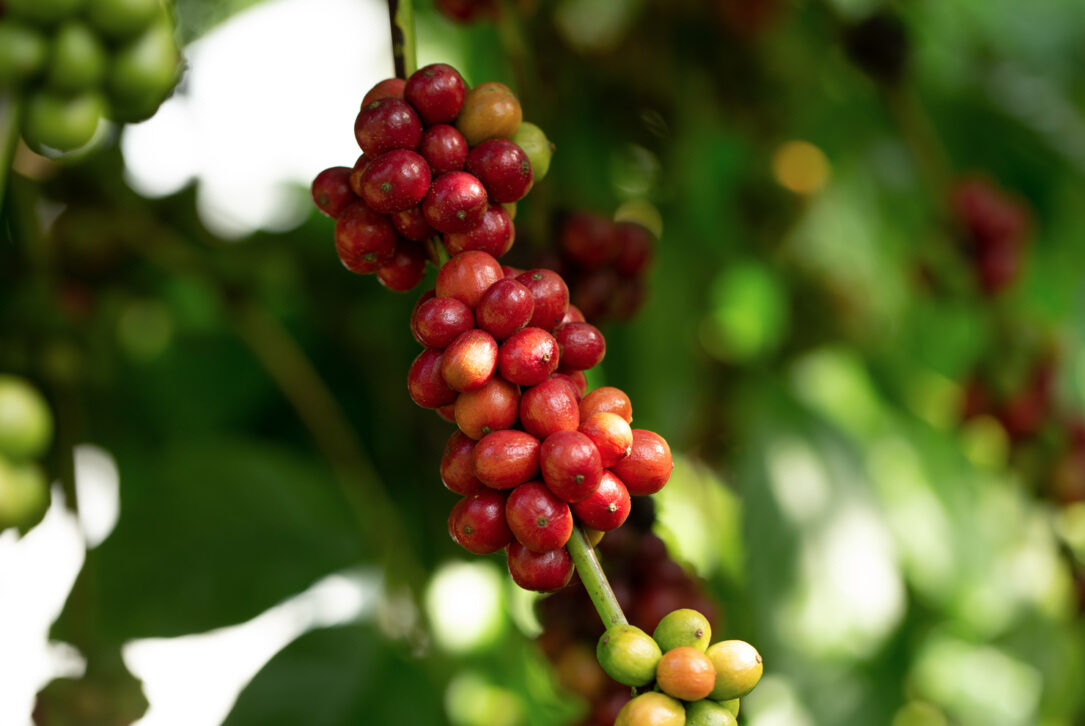
Source: pinterest.com
Robusta coffee can be harvested this way. Machines are often used to pick up Robusta berries. All the grains from each branch are harvested at once, whether they are more or less ripe.
4. How to understand the harvesting process?
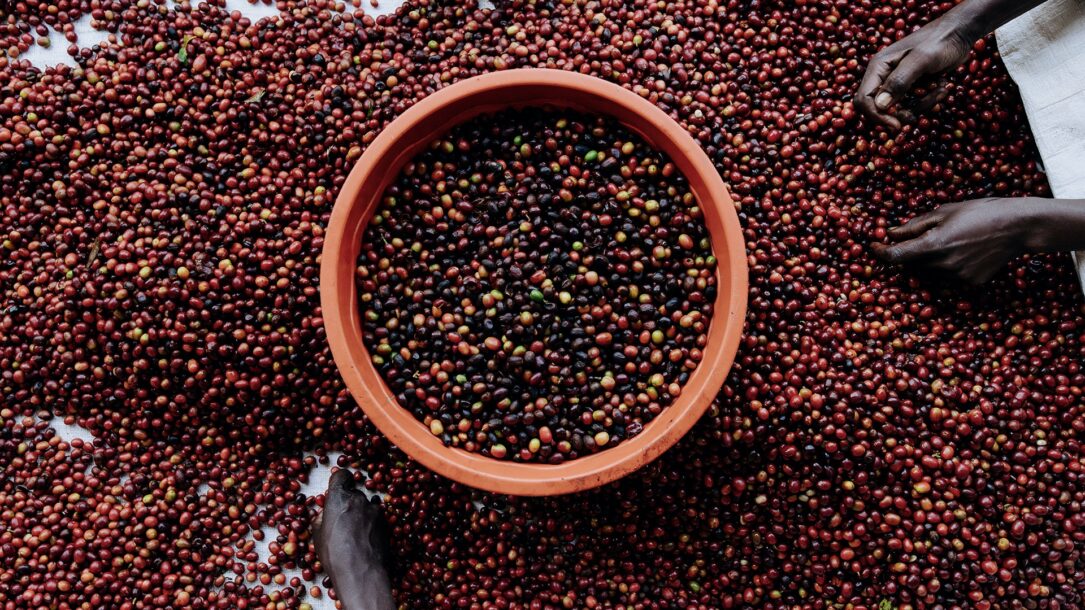
Source: pinterest.com
Growing coffee is a really responsible job. The need for coffee on the world market will always exist, and it can be grown only in certain geographical areas. As already mentioned, there is hand picking and strip picking.
Using handpicking, pickers determine for themselves which grain is ripe to pick. This process is very precise but time-consuming. Coffee pickers are seasonal workers, and it can take several months for all the beans to be harvested.
Strip picking is when the whole bunch is picked from the branch, in cases when the grain can mature in a basket or warehouse. To facilitate the work, in certain conditions a harvesting machine can be used. That way the process is much faster. However, it is not effective for every location and every type of coffee.
5. What happens after harvest?
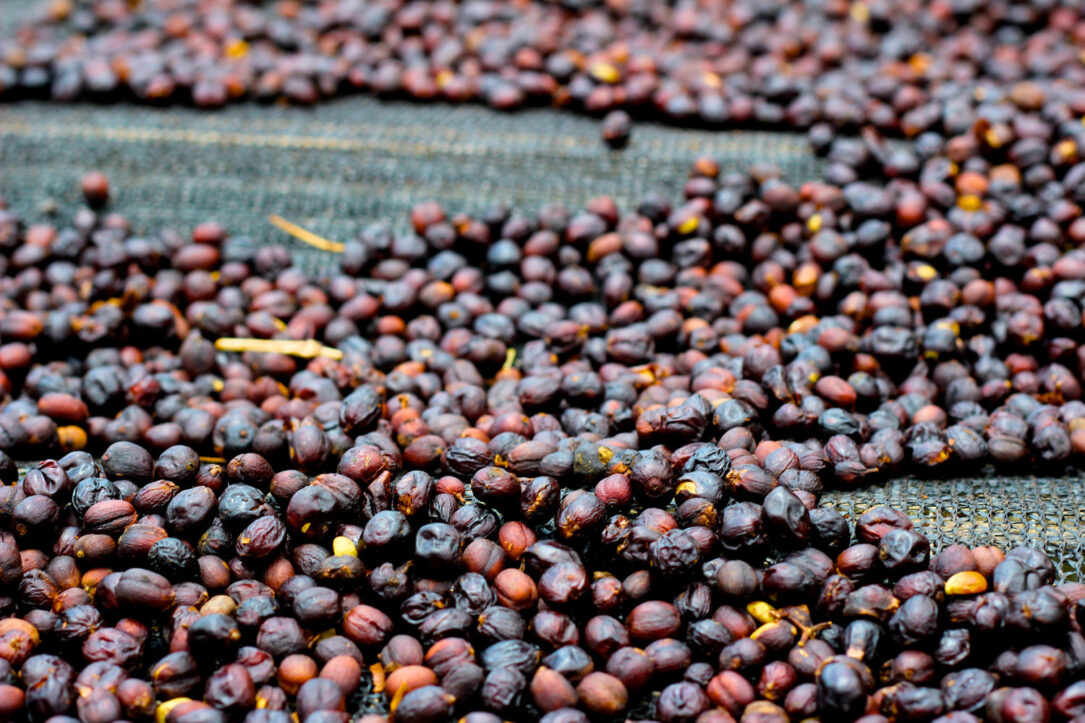
Source: pinterest.com
In the original form of the process, after harvesting, these berries should be dried naturally in the sun. There are specially designated areas where this is done. The grains are mixed and inverted daily so that the drying can take place evenly and avoid spoilage of any of the grains.
They are usually dried on concrete surfaces, but sometimes directly on the soil, depending on the taste to be obtained. However, this method can contribute to the formation of mold, so it is recommended to dry above ground level, usually on dense nets.
The coffee is then peeled and sorted and distributed around the world.
In the processing, the coffee husks are removed, so that only the beans can remain. This process is usually mechanical. When there are only grains left, it is necessary to sort the coffee, remove the poor quality grains, pack, to prepare for distribution. Sometimes the quality check is done manually, so that the manufacturer can be sure that only the highest quality grains are left and that no mistake can be made.
Coffee’s journey, from the soil to the table
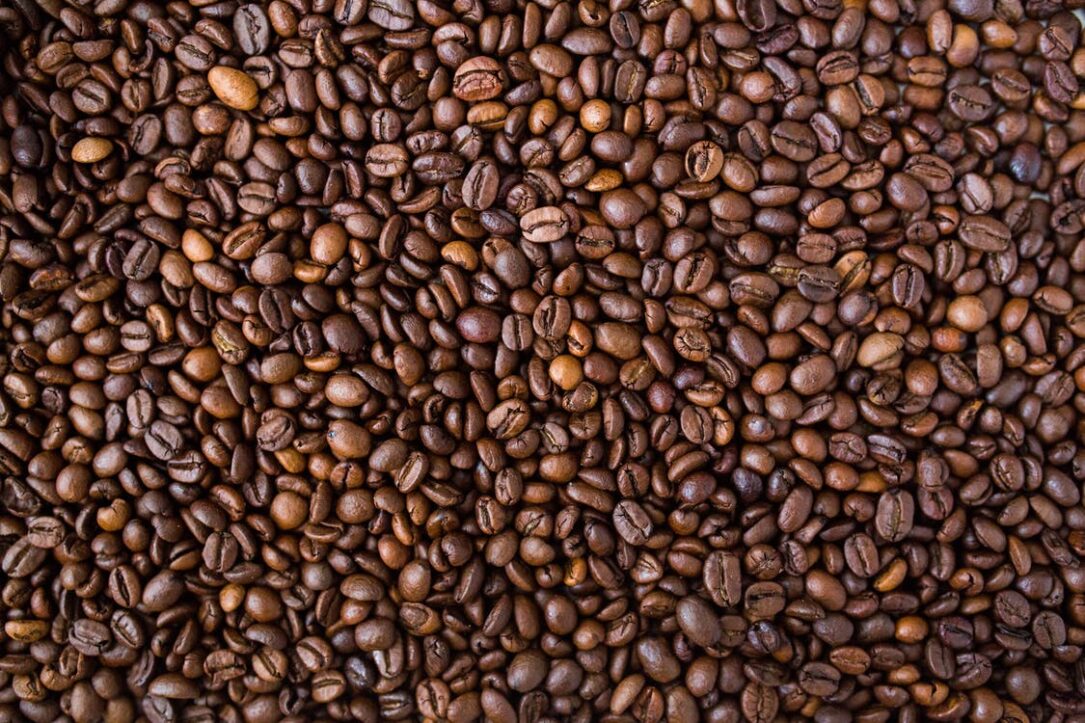
Source: pinterest.com
As you can see, this is a long process that starts with planting. Some of the beans are stored so that the coffee can be replanted. Once it grows, it is constantly cared for around the plant. We have already explained the harvesting process, as well as the different methods used. Processing can also be manual or machine but also combined. The manual method is traditional and is still used in places with limited resources. The grains are then dried in the sun on large bedding surfaces.
According to the needs of consumers, coffee is packaged in beans, but can also be ground at this stage. However, the recommendation is for sellers and consumers to grind the coffee themselves if there are conditions for that.
Taste and aroma testing is also available at major manufacturers. Although the goal is consistency, sometimes even from the same harvest there may be batches with different aromas.
The next stage is the roasting, which is done in special conditions, at high temperatures. In this way, the coffee gets a recognizable dark brown color. During that process, the flavors are emphasized and the aromas are emphasized. At this stage, it is decided whether the cayenne will be roasted at the manufacturer or in the countries where it is imported. The second option is usually recommended to preserve as much flavor and aroma as possible.
Of course, the next stage is the grinding and preparation of coffee. As you can see, you only know the final stage. However, the journey from coffee to the fields to your favorite cup is very long.
Conclusion
Coffee is one of the most in-demand products in the world. There is almost no person who does not enjoy his taste and the energizing effects it can have. If you have ever wondered how it comes to you, we hope that thanks to this article, those things are now much clearer to you.
We are sure that now you will appreciate even more the chance to have a freshly prepared cup of coffee every morning so that you can start your day awake and energetic.
It’s interesting when we know where everyday things come from, right?












